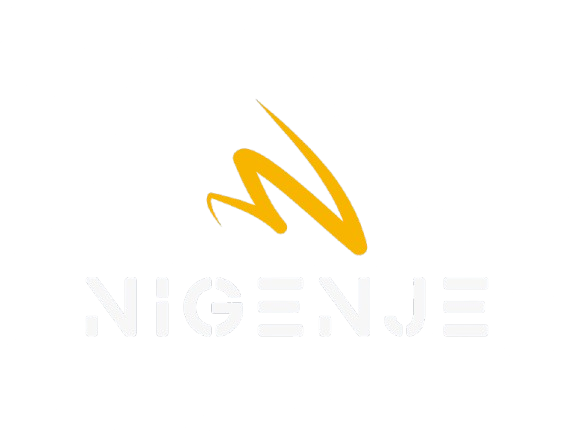NiGeNje
Run systems that never
violate truths — even under chaos.NiGeNje fuses invariants built-in, a predictive control plane, and tiered finality.
violate truths — even under chaos.NiGeNje fuses invariants built-in, a predictive control plane, and tiered finality.
At a glance
Invariants by construction • Predictive pacing • Tiered finality • Auditability • Graceful degradation • Low-latency ACKsApp requests→Substrate (invariants)
→Finality (T0–T3)
The control plane detects drift early and paces/isolate before queues blow up.
Why Us
Legacy trade-offsClassical stacks force a choice: be available and risk breaking truth, or be consistent and stall. Guarantees sit above the runtime, so incidents spread.
Invariant by constructionDefine truths once; NiGeNje enforces them at execution. No reconciliation. No after-the-fact repairs.
Predictive StabilityEarly-warning signals pace and isolate before collapse. Fewer incidents, smoother rollouts, faster recovery.
| Pillar | Plain speak | Enterprise impact |
|---|---|---|
| Invariants Built-In | Prevents violations at execution | Fewer incidents; regulatory confidence |
| Predictive Control | Detects drift; paces/isolate early | Higher uptime; predictable SLOs |
| Tiered Finality | Pick latency vs. auditability per op | Lower tail latency; provable audits |
HOW IT WORKSSubstrate on every node enforces timing & resource policies; the Control Plane coordinates fleet actions; CP-AI learns policies that minimize latency, cascades, and cost.
PRODUCTSThree pillars, one flowSubstrate on the machines. CP for global policy. CP‑AI to steer to intent. Everything
authenticated and licensed.
rate, queueing, and placement control.
authenticated and licensed.
Node Runtime
SubstrateExecution environment embedding invariants and tiered finality. Designed for graceful degradation and auditable outcomes.Node Runtime
Control Plane (CP)Orchestrates pacing, isolation, and targeted slowdowns to prevent cascading failures and keep SLOs predictable.Node Runtime
CP‑AIOptimization to intent (SLOs, cost ceilings) via rate, queueing, and placement control.
Proof
Case studiesNDA-protected pilots. Shareable metrics provided during diligence. Example: prevented hundreds of invariant-breaking attempts with no downtime via T2/T3 anchors.
Video: Tiered Finality30-sec overview of T0–T3 trade-offs and how audit anchors work. (Video shared upon request.)
Architecture diagramInteractive diagram shows how invariants block violations before commit. See technical deep-dive below.
Benchmarks & Outcomes
Latency (non-critical ops)T0–T1 reduces tail latency bands by ~3–20× vs. all-T2 stacks (context-dependent).
Throughput (mixed AP/CP)2–5× higher steady throughput by avoiding coordination on non-critical operations.
Incident frequencyOrder-of-magnitude reduction in invariant violations during partitions/outages.
Client / App
Requests
→
Invariant Gate
Rejects invalid ops
Pre-commit checks
→
Control Plane
Pacing / Isolation
Drift detection
→
Commit Layer
T0 • T1 • T2 • T3
↓
Anchors & Audit
Immutable logs
On-demand proof
Security & Compliance
EncryptionEnd-to-end encryption in transit & at rest. Access scoped by least privilege.
AuditabilityImmutable logs & anchored proofs for critical operations. On-demand audit exports.
ReadinessGDPR-ready. SOC 2/ISO27001 pathways during production engagements.
